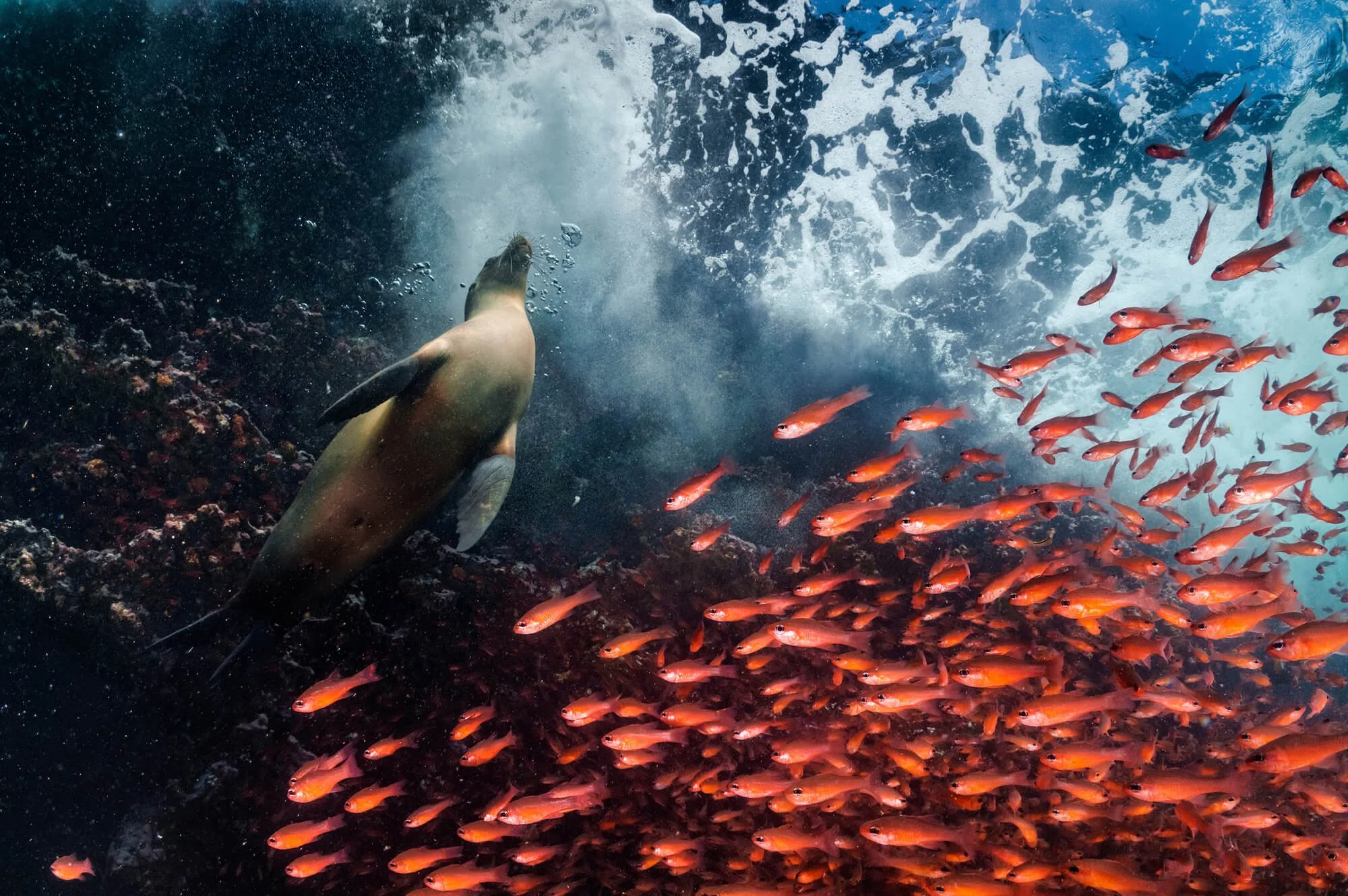Sunscreen: A chemical threat to coral reefs and human health
Holiday advice: wear sunscreen. Just make sure your sunscreen isn’t killing coral reefs.
Coral reefs cover less than one percent of the ocean floor but are home to approximately one quarter of all marine species. They are crucial to maintaining the health, stability and biodiversity of our life-giving ecosystem. But today, they face mounting pressures from human activity.
Half the world’s coral reefs are dead. All of them could be gone by 2050. The once colorful and teeming natural wonders of the world are bleaching at devastating and unprecedented rates. Global warming, plastic pollution and chemical pollution are the main drivers of the destruction, but another culprit is sunscreen.
A 2015 study found it only takes a tiny amount of oxybenzone-containing sunscreen—the equivalent of one drop of water in six-and-a-half Olympic-sized swimming pools—to cause serious damage to a coral reef.
Before you sink into a dark pit of despair, consider the reality at the heart of this dire problem: here is one mega threat we can see and immediately address with smarter, more informed choices. The power is in our hands. Put it to good use with the following steps.
Step 1: Read Labels
Most sunscreens contain non-biodegradable ingredients and harmful chemicals. Some of the worst are oxybenzone, octinoxate and triclosan. These chemicals wash off when swimming or showering and travel through storm drains and sewage systems to the oceans.
Step 2: Think of Your Own Health
If a chemical causes bleaching, deformities and DNA damage in young corals, what’s it doing to us? Just as disturbing as the thought of dying corals are the risks common sunscreen ingredients may pose to human health. Oxybenzone, for example, is a known endocrine disruptor. Studies have linked it to reproductive issues including endometriosis, early puberty, low sperm count, infertility, and increases in hormone-related cancers.
Many of the lotions we slather on our porous, absorbent epidermis to prevent UVA/UBV exposure and related skin cancers contain ingredients that may cause other forms of cancers in us anyway. Plus they’re killing our life-support system. Yikes. Consider that. Repeat Step 1. And then move on to…
Step 3: Explore Alternatives
Now that you’ve taken a moment to let the enraging absurdity of this dilemma sink in, it’s time to find, demand and maybe even invent alternatives. Here’s a handful of things you can do to avoid reef-killing sunscreens:
Wear a hat or visor and cover your skin with sun-protective clothing.
Use an umbrella and limit sun exposure at the beach.
Look for sunscreens with mineral ingredients that use different methods of blocking UV rays. Zinc oxide and titanium dioxide options will keep you covered .
Consult safe sunscreen tools and guides, like the Environmental Working Group’s.
Step 4: Get Vocal
Talk about your reef-friendly sunscreen choices. If you’re traveling and notice your hotel is selling reef-harming sunscreens, send a note to the management and request alternatives. You never know whose mind you might change. Small actions can have a massive impact.
Along with spreading the word to friends, family and followers, you can use your voice to demand policy change where you live and travel. But don’t wait for these policies to be enforced to make changes yourself.
In May 2018, Hawaii became the first state to ban reef-harming sunscreens. The policy will go into effect in January 2021. Palau is also stepping up and not wasting any time. The Pacific island nation recently became the first country to ban toxic sunscreens. Come January 1, 2019, any store on Palau selling a banned sunscreen will be fined $1,000.
Share your thoughts and join the conversation on social media
IG @parley.tv | TW @parleyforoceans | FB @parleyfortheoceans
#SunscreenxCoral
















